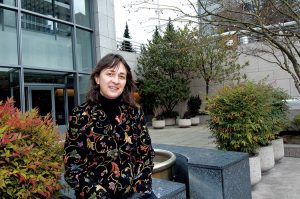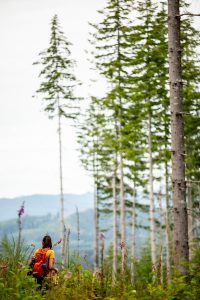Bishop Sand · Washington Post · January 29, 2024
Featuring Kathleen Wolf, Nature and Health researcher
Aruni Bhatnagar looked up.
“This tree right here, it’s got a lot of good leaves so you can stick a lot of air pollutants in it,” Bhatnagar, a cardiology researcher, said as he gestured toward a magnolia tree on the U.S. Capitol grounds.
Bhatnagar, silver haired and wearing a black turtleneck, was in D.C. for the World Forum on Urban Forests to speak about his $15 million Green Heart Louisville project — an initiative aimed at showing a causal connection between greenness and human health, and a potential model for U.S. cities looking to measure the effects of their tree planting.
In 2018, Bhatnagar, a University of Louisville medical school professor, decided that he wanted to “do something” about air pollution in Louisville, which has repeatedly earned failing grades for air quality from the American Lung Association. His contribution, he decided, would be to find the connection between trees and better heart health using the gold standard for evidence: clinical trials.
 A big draw of the Pacific Northwest for many is the unparalleled natural beauty available here. But research shows people of color are much less likely to enjoy nature through outdoor recreation.
A big draw of the Pacific Northwest for many is the unparalleled natural beauty available here. But research shows people of color are much less likely to enjoy nature through outdoor recreation.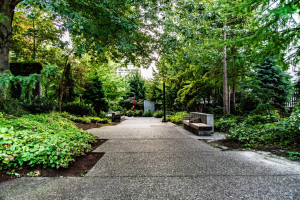
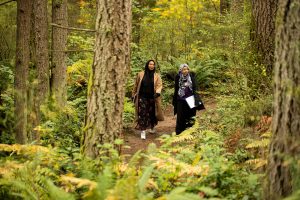 Cities around the world are facing major challenges. Industrialised nations are experiencing epidemics of chronic diseases like diabetes, cardio-vascular disease and dementia, and it would be all too easy to give up hope of finding solutions.
Cities around the world are facing major challenges. Industrialised nations are experiencing epidemics of chronic diseases like diabetes, cardio-vascular disease and dementia, and it would be all too easy to give up hope of finding solutions.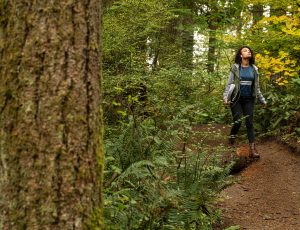 Kathleen Wolf, a research social scientist at the University of Washington, says there’s value to more research on nature prescriptions. Two decades of research has shown that time in nature is good for you, for a variety of reasons. But more evidence is important, she says, because it can teach us about things like dosage — how to optimize the benefit of going outside. The University of Washington has launched a study, with a $1 million grant from REI, to answer many of those questions.
Kathleen Wolf, a research social scientist at the University of Washington, says there’s value to more research on nature prescriptions. Two decades of research has shown that time in nature is good for you, for a variety of reasons. But more evidence is important, she says, because it can teach us about things like dosage — how to optimize the benefit of going outside. The University of Washington has launched a study, with a $1 million grant from REI, to answer many of those questions.